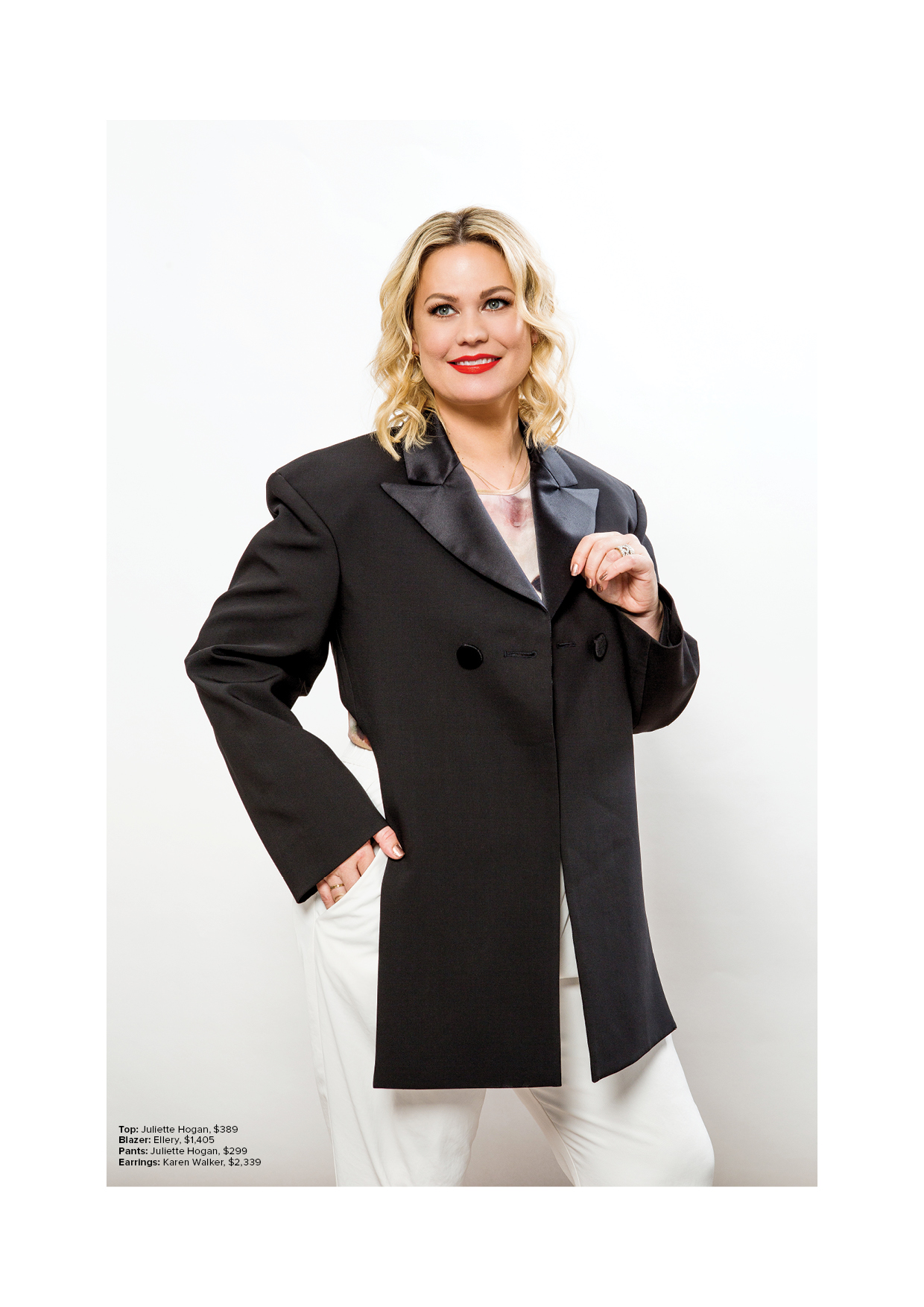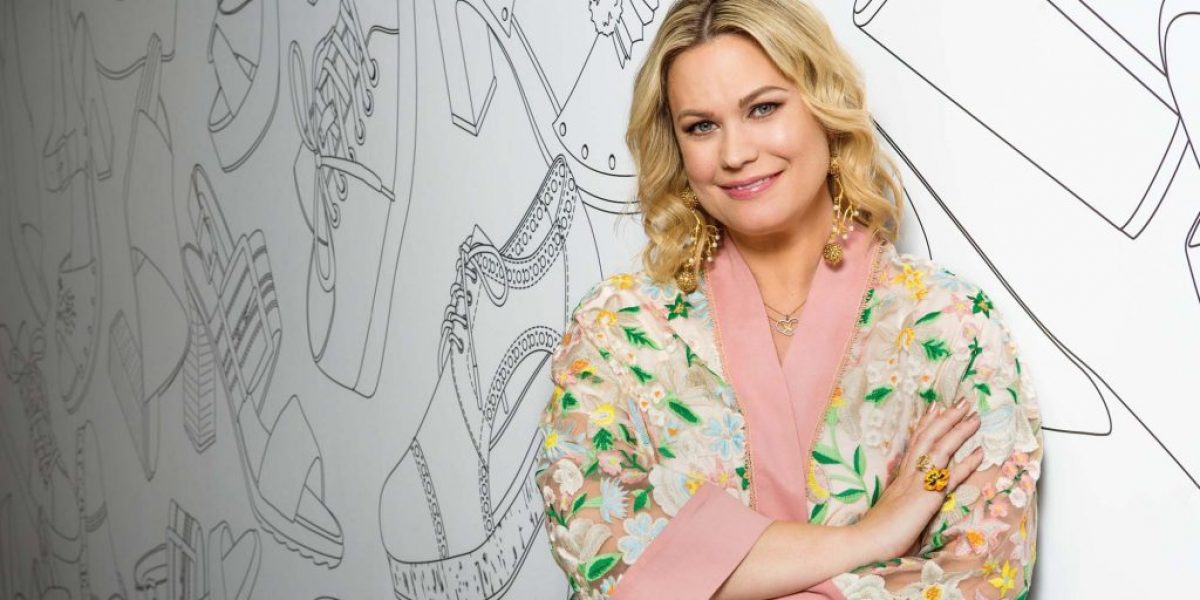How Kathryn Wilson Started A Shoe Revolution
Celebrating 15 years as New Zealand’s most successful shoe designer, Kathryn Wilson shares with us her journey of success and her plan for the next 15 years.
How do you balance family life and the work life?
I don’t think there’s any such thing as family balance. It’s a nice idea, once you have little ones, to try and manage to be the best wife and the best colleague and the best boss and the best friend. What I’ve learnt, 15 years into the business, is you can’t be everything to everyone.
So in terms of balance, I try and focus on when I am in the office, I am being the best I can be here and when I am home and with Lola, it’s dedicated time to her.
Have you spent much time reflecting back over those 15 years and how far you’ve come?
Part of the celebration this year of turning 15 has been about stopping and taking the moment to reflect back on what that means but also the people that have helped me get there. We had this wonderful event at Fashion Week this year called The Tribute, that was for 15 mentors that were being nodded to and acknowledged for their contribution to my business journey.
When you’re in the do and you’re doing the do, you’re head down. It’s not something that you usually stop to take check and it’s been a really wonderful celebration for all of us around the brand, as well as in the brand.
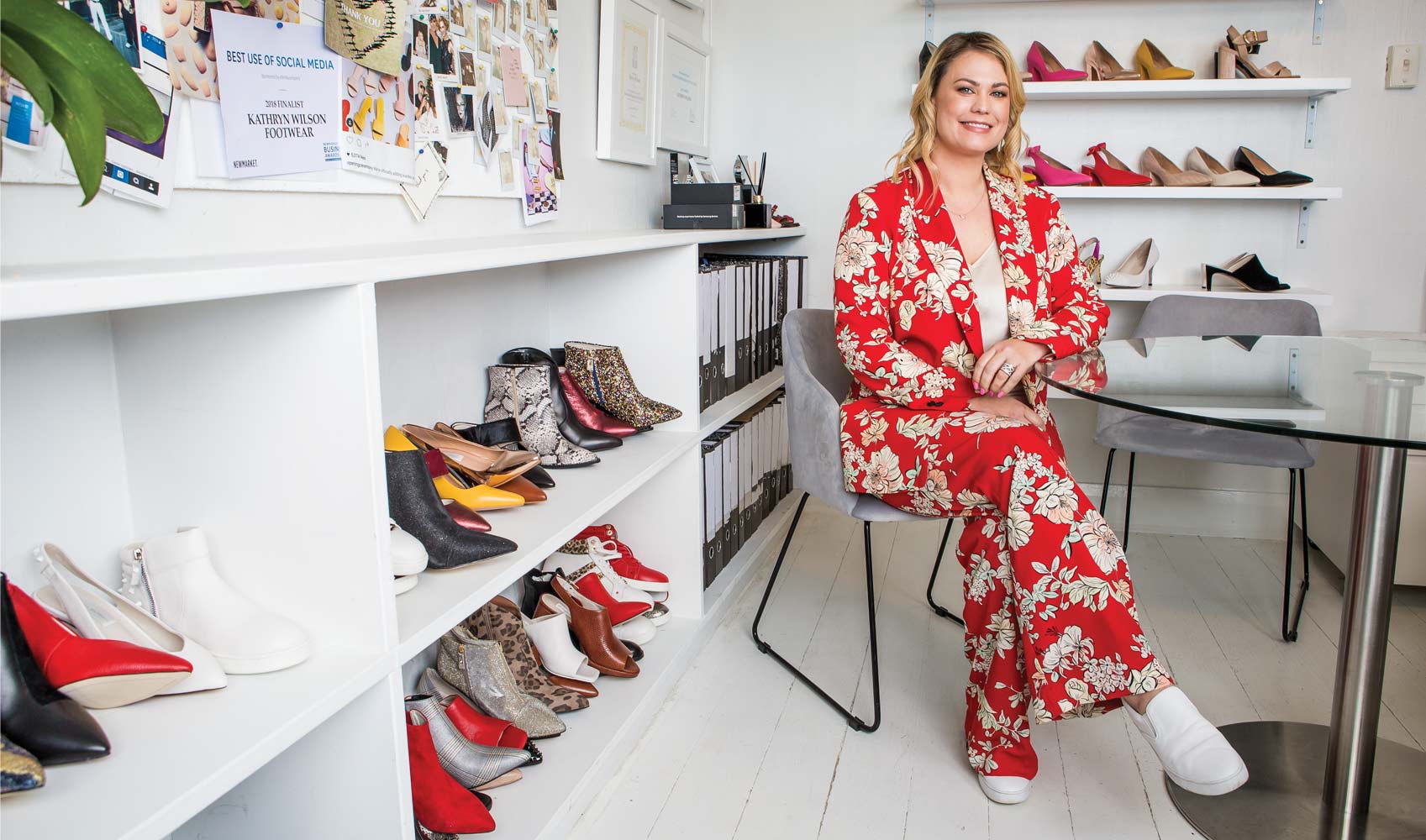
Do you feel like you’re at the point now where you can start to mentor others coming through?
I love the idea of mentoring. I love the idea of eventually being in a position where I have more time available to do more and more of that. It’s hard in New Zealand as there’s no tertiary studies for footwear in particular. So when I came through university, I had to convince my lecturers to let me base my papers around shoes when the rest of the class did fashion.
So I would love for there to be more of an opportunity for apprenticeships and internships for the next generation that are interested in footwear design.
Has it evolved over the last 15 years?
To be fair, it’s probably got harder. When I started out in 2003, there were still some limited footwear manufacturers in New Zealand. In Dunedin, McKinlays and Kumfs were still doing a little bit of their stuff here.
Over the years, it’s completely moved offshore so the opportunities for learning are harder in terms of the actual manufacturing and the trade and putting a shoe together. So it is harder now being based in New Zealand and wanting to learn.
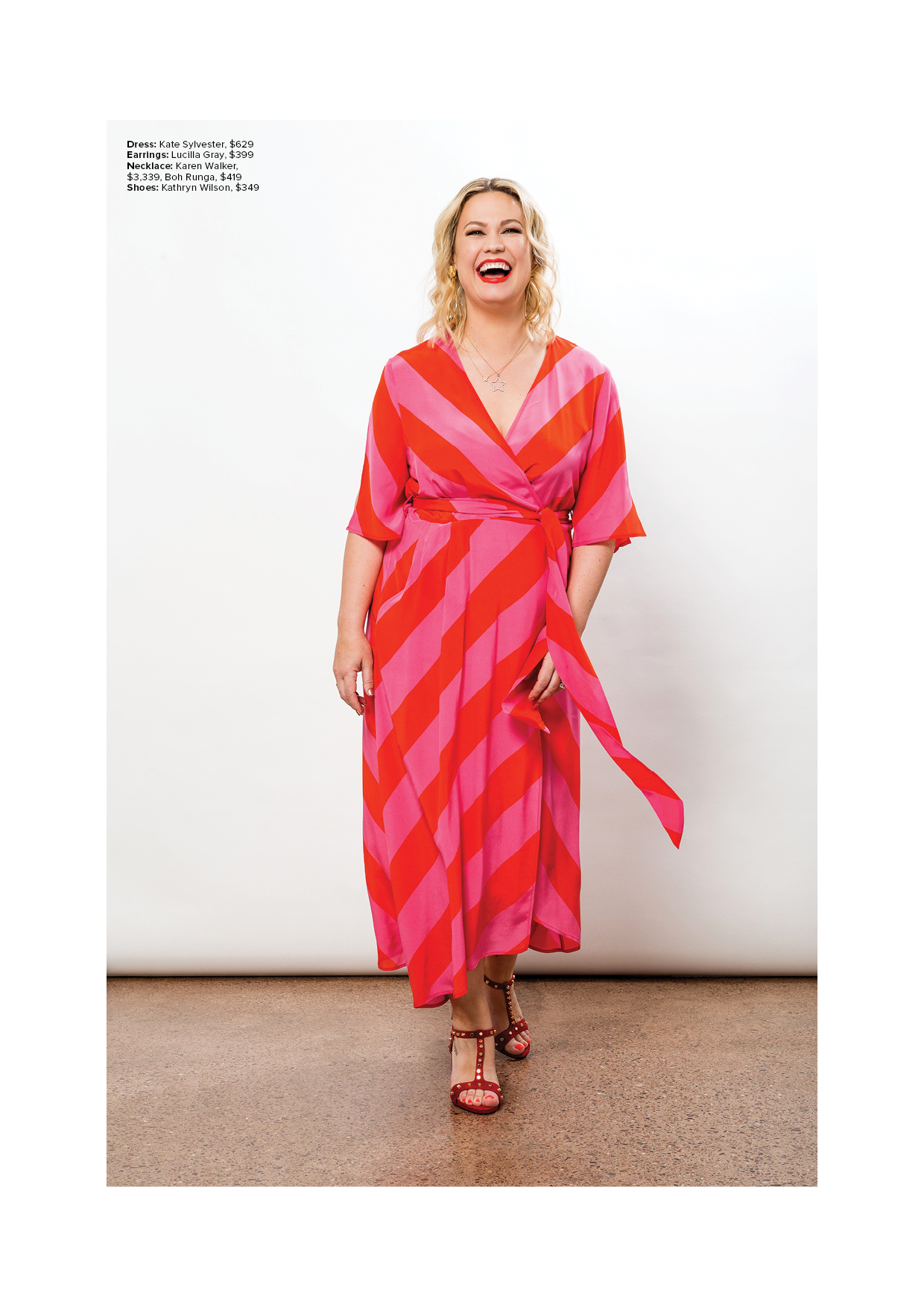
Can you talk through how your creative process has changed over the years?
We still draw all of our shoes by hand, pencil on paper and for me that’s a big part of it and when I close my eyes while I’m drawing, I can see it finished. Whereas a lot of people are like that with a screen.
I’m not so much. I still like to have this physical, whether it’s a stylus pen on a phone screen or a pencil on paper, having the actual drawing format. Then we scan that in and use programmes, such as Illustrator or Photoshop and the likes, to create documents that you then send off to your manufacturers.
Do you feel like there will be a pendulum shift in terms of trade and manufacture?
I would love to say that there could be an industry here for manufacturing footwear. I don’t think it’s realistic because in the 15 years that I have been part of the industry, it’s become more and more apparent that it’s the way the world’s moving and the way the world’s working.
We manufacturer in five different countries at the moment – Italy, Spain, Portugal, China and Turkey – and that is because they’re good at different things. It’s never been an option for me to make our shoes in New Zealand because of the styling and the leathers and the shapes and the heels. So I’ve had to learn to speak different languages and talk in different time zones and I think that is really the future.
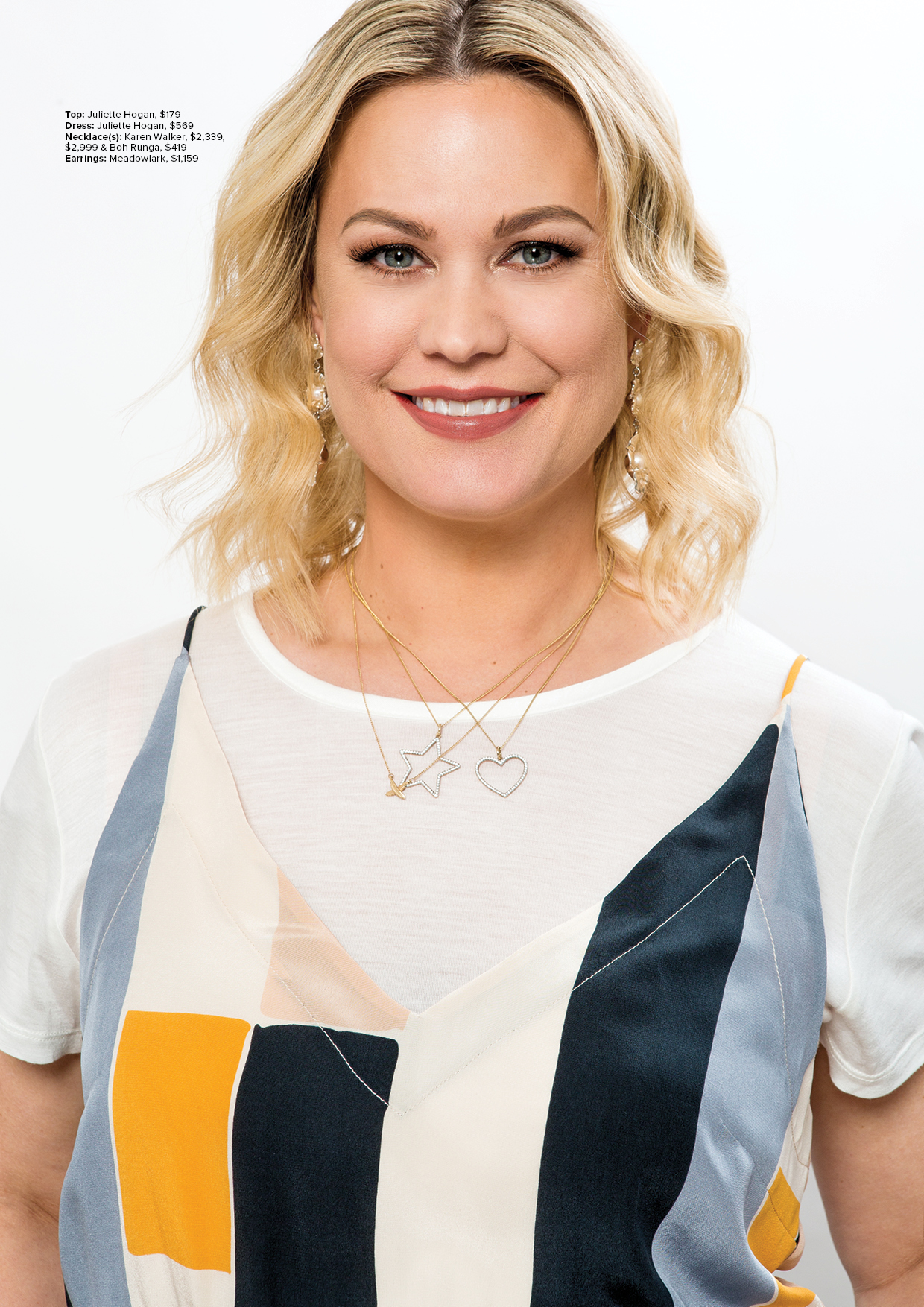
Essentially, if we were to have more, or any opportunity to manufacture here in New Zealand, it’s to do with not only the skill but the technology and the machinery that’s required. Our shoes are all handmade, but there are processes that require these pieces of equipment that are millions of dollars and they do one part of making the shoe.
It’s hard because, in terms of scale, we’re all at this boutique end of the industry and it’s harder to get those manufacturing opportunities because they are at a larger scale and we don’t have the numbers to support that.
So what do you think that edge is?
I think New Zealand has a really wonderful reputation globally for design. That goes across not only fashion but interior and architecture as well. I’m really proud to be a New Zealand designer.
When you travel and you go to trade fairs, New Zealanders have a really good reputation. Our industry is known to be thinking outside the square, we often don’t follow trends. We’ll always look outside the square and develop our own take on things, which is making us more innovative with our designs and that’s really important to me.
Is there a balance that you have to find between the business side of things and the creative side?
Yes. I’ve learnt to stay true to my own creative, being lead by what I like and what I want myself. If you listen too much to the commercial aspect of what the consumer wants and what you think that they’re going to want, you lose not only your mojo but your values misaligned or it’s not a genuine message anymore.
Also remember that whole thing of ‘you can’t be everything to everyone’ so it’s best to stick to your knitting in a sense. Stick to what your true design values are. Your customers come to you for that in the end.
It’s always my favourite designs and my favourite shoes that don’t make it into the collections because they’re too high or too colourful or too risky but you learn. There’s a balance between commercial design and trying to stay innovative and ahead of the group.
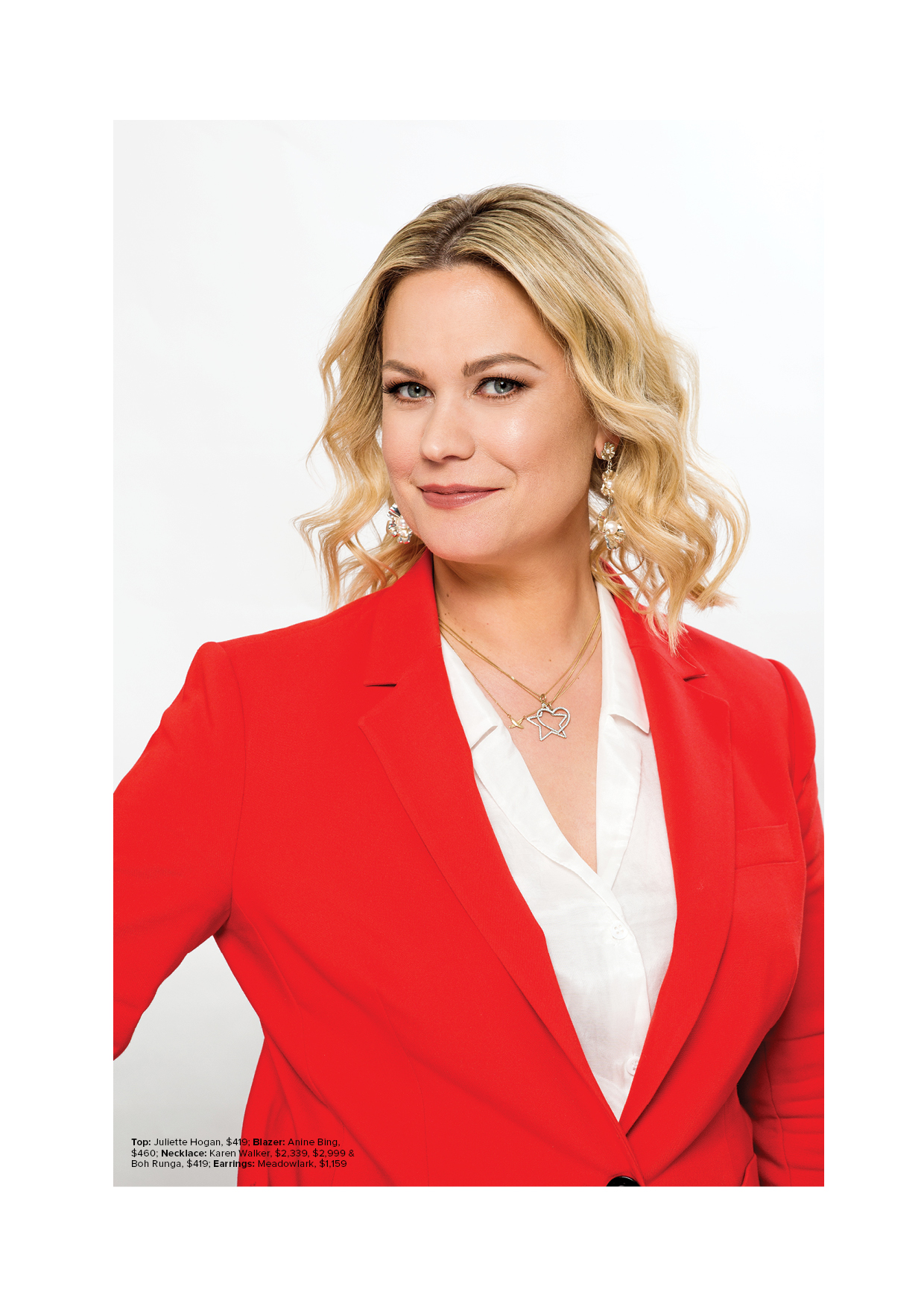
Do you feel like the customer base has grown with you as well? Have they grown into your vision?
Often it’s just the timing. Sometimes with the design, we find if it’s a bit too early and essentially the markets not ready for a trend or a look or a shape or a silhouette yet.
It won’t necessarily be the first to be picked up. But if we bring that shape back in the next season and you can start to see it globally, people are ready to accept it. Sometimes I miss the mark in terms of the timing of the design, but if you re-offer it to them the next season, it’s your top seller.
Was there a catalyst for you to know that this was going to be what you would be doing?
You can’t study it in New Zealand so it was a little bit hard because I had to think outside the square. I was determined from a young age to try and build a career in footwear. That meant I won a scholarship in my second year of university to study in England. That was where I was able to pick up the actual training of trend prediction of footwear and packaging and all these skills around my passion. That solidified for me when I came back to New Zealand that I could start a career in shoes.
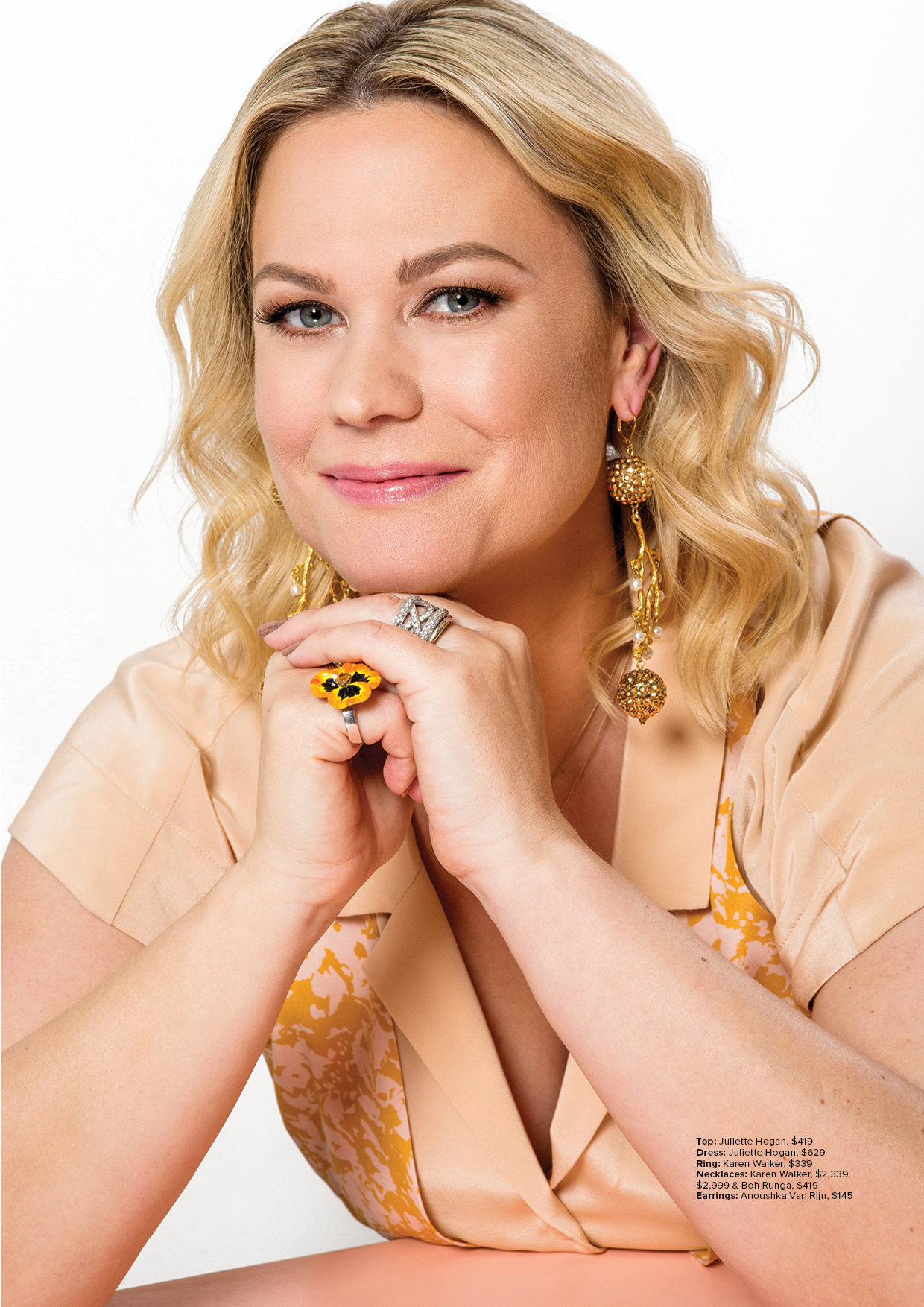
What had lead to that moment in the Food Hall in Manukau?
I worked at Andrea Biani Shoes as my first job after school and that was when my love of shoes came about. I was an 80s baby. I grew up in Papakura, South Auckland and I was the youngest of three girls. We would have competitions between us sisters of who could create and decorate the coolest pair.
I guess in that sense I was a girlie-girl, I was a creative girl. I was designed to be a shoe designer but I was always interested in customising footwear and products. I would go one step further and cut the sides out and turn them into slingbacks and make them open toe. Mum would be horrified because they were new shoes but I would be delighted that no one had a pair like me.
What’s in your designer toolkit?
Well we’re starting to use quite cool new features now with devices, especially with the Samsung Note 9. I am able to use my pen like I would be drawing pencil on paper. And by selecting the drawings, whether I’ve done a physical drawing and then re-selecting it into the device, it means there’s all these shortcuts and steps where I can drop colour in. I can communicate with manufacturers really easily by literally writing on the screen.
In the past, we’ve had to scan in documents and then open in programmes like Photoshop or Illustrator, whereas now it’s all built in on the Note9. So you’re just cutting corners and there’s shortcuts and quicker ways to do things, which means you get more time to have fun.
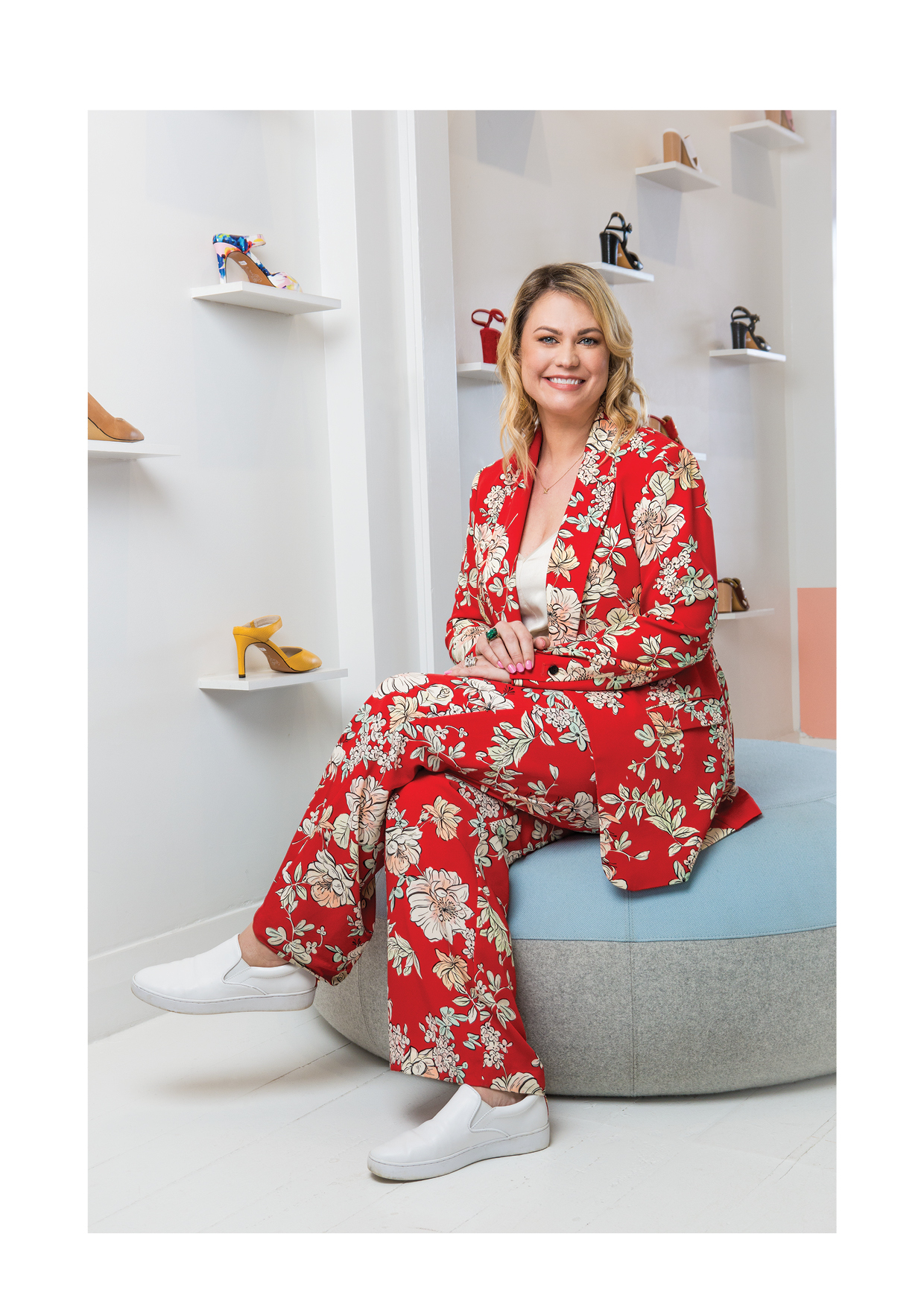
If you look 15 years down the track, have you got a vision for where you might be?
I feel really excited about the next 15 years, mostly because there’s a lot of opportunity within our own market domestically but also internationally. There is a lot of e-commerce growth happening and the way that your brand showcases digitally creates this whole online market which is essentially global. It is a really cool opportunity for New Zealand designers to have access to customers all around the world – they can see our product.
We’re experiencing a really wonderful growth there which is, at the end of the day, reassuring that we’re on the right track in terms of design and what our product offers. We’re also really excited about growing with our nationwide retail expansion. We’ve currently got three stores in Auckland but there’s opportunities and we’re excited about looking outside of Auckland in the next couple of years.
